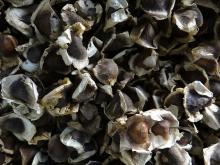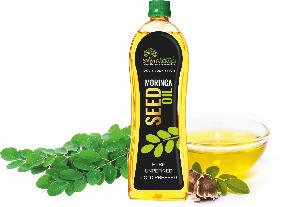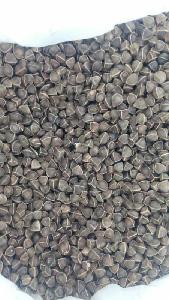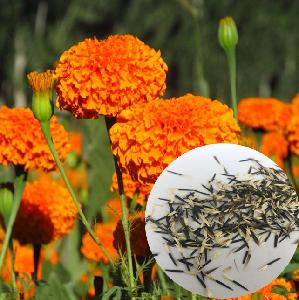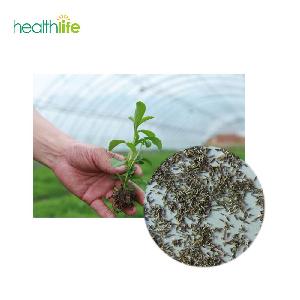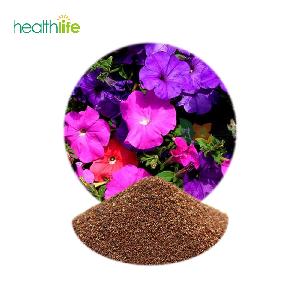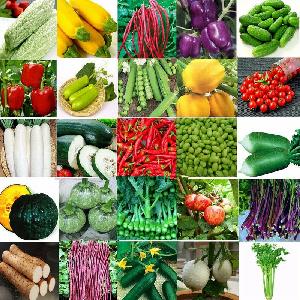For the best and hottest chillies, start sowing indoors as early as January (although if there are late frosts, you can in some years get away with sowing in March) - the hottest varieties often need the longest growing period. Chillies need plenty of warmth to germinate so invest in a heated propagator for the windowsill or use a warm airing cupboard.
Sow Chilli pepper seeds on the surface of a moist, free-draining, seed compost and cover with a fine sprinkling of compost or vermiculite. Place seed trays in a propagator at a temperature of 18-25C (64-77F). If you don't have a propagator, use polythene to cover your seed trays.
Germination usually takes 7-10 days, after which you can move your seedlings to a warm, sunny windowsill or a heated greenhouse. Keep the compost evenly moist but take care not to let it get soaking wet.
When your chilli seedlings are big enough to handle without breaking, transplant them into individual 7.5cm (3") pots of compost and grow them on until all risk of frost has passed, and they are large enough to be transplanted to their final positions. From an early sowing, this will normally be from May onwards.
Grow chillies individually, transplanting them into 2 litre containers, or plant them in grow bags allowing three plants per bag. Place pots or growbags under cover in a warm greenhouse, conservatory, or polytunnel.
Alternatively, plant your chillies outside in a sunny, sheltered spot. Gradually acclimatise your plants to outdoor conditions over a period of 7 to 10 days before transplanting them into well prepared beds of fertile, moist, well-drained soil. Space chilli pepper plants 50cm (20") apart. Short of space? Try growing them indoors on a sunny windowsill.
Precautions:
1. This product can not save seeds again for cultivated.
2, Due to climatic conditions, cultivation methods and other factors have a great impact on the results of the planting of the variety, local users should first understand the cultivation habits and methods before planting. Newly adopted a small number of trials in the region and then promoted in large areas.
3. Due to environmental, cultivation techniques, shooting problems, etc., the image of the package may differ from the actual object, so the picture is for reference only, and the result is subject to the actual product.


